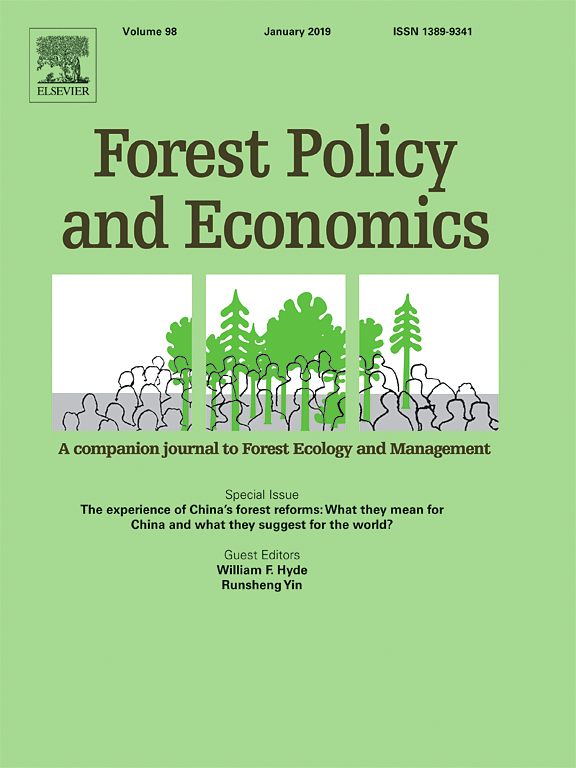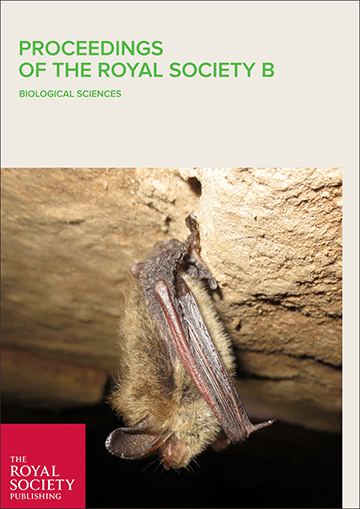Results reveal three strategic forest use choices undertaken by households: specialised charcoal sellers (32.3%), forest food and charcoal sellers (18.2%) and pure subsistence-orientated forest users (49.5%). Forest income varied strongly among forest use strategies; specialised charcoal sellers and forest food and charcoal sellers were the most remunerative strategies. We observed higher per capita extraction of firewood and charcoal produced in restricted landscapes compared to non-restricted landscapes. Distances to exclusively owned forestlands, access to permanent roads, restrictions on public forestlands and off-farm incomes were found to determine access to more lucrative forest use strategies. Alternatively, households with relatively older heads and larger sizes are associated with lower income (subsistence) strategies.
The results suggest the need for the efficient enforcement of restriction regimes, but also the benefit of understanding forest resource governance. Charcoal production is a more remunerative forest use strategy for rural households and a relatively resource-intensive yet important component of the rural economy. In order to ensure sustainable production, the demand for charcoal should be compatible with Miombo's production capacity. Sustainable production can be achieved by introducing reforestation or coppicing systems that are consistent with the growing demands of Miombo.
DOI:
https://doi.org/10.1016/j.forpol.2019.102078Pontuação Altmetric:
Dimensões Contagem de citações:
Ano de publicação
2020
Autores
Kazungu, M.; Zhunusova, E.; Yang, A.L.; Kabwe, G.; Gumbo, D.; Günter, S.
Idioma
English
Palavras-chave
forest products, livelihoods, charcoal
Geográfico
Zambia


















